- Insect horsefly
- Horsefly breeding
- Varieties of horseflies
- Common motley and sprinkler
In May begins the years of insects that do not give life to cattle on pastures. Gets from flying parasites and people. The largest flying bloodsuckers are various species of horseflies. All short-winged diptera insects are united under the general name "fly". Horseflies are large flieswhich females need to drink blood for breeding. They bite painfully, which often leads to a stampede of cattle from meadows to the forest or home to shelter.
Habitat
In total, the horsefly family has a little less than 4,500 thousand species. These insects are common throughout the planet. Bull horsefly came across even at an altitude of 2 km above sea level. They are absent only on remote islands and in Antarctica. In the CIS there are 200 species of horseflies.
Prefer insects places with high humidity. Horseflies are flies whose larvae develop in the aquatic environment. Some of the larvae are predators that feed on the small inhabitants of the reservoir. Others eat rotting parts of plants. For this reason, clusters of insects are usually observed near water bodies. On the same territory can be found up to 20 species of horseflies.
On a note!
All of them are an important part of the ecosystem. Horsefly larvae living in water contribute to soil enrichment. Adult horseflies eat a significant number of birds and animals.
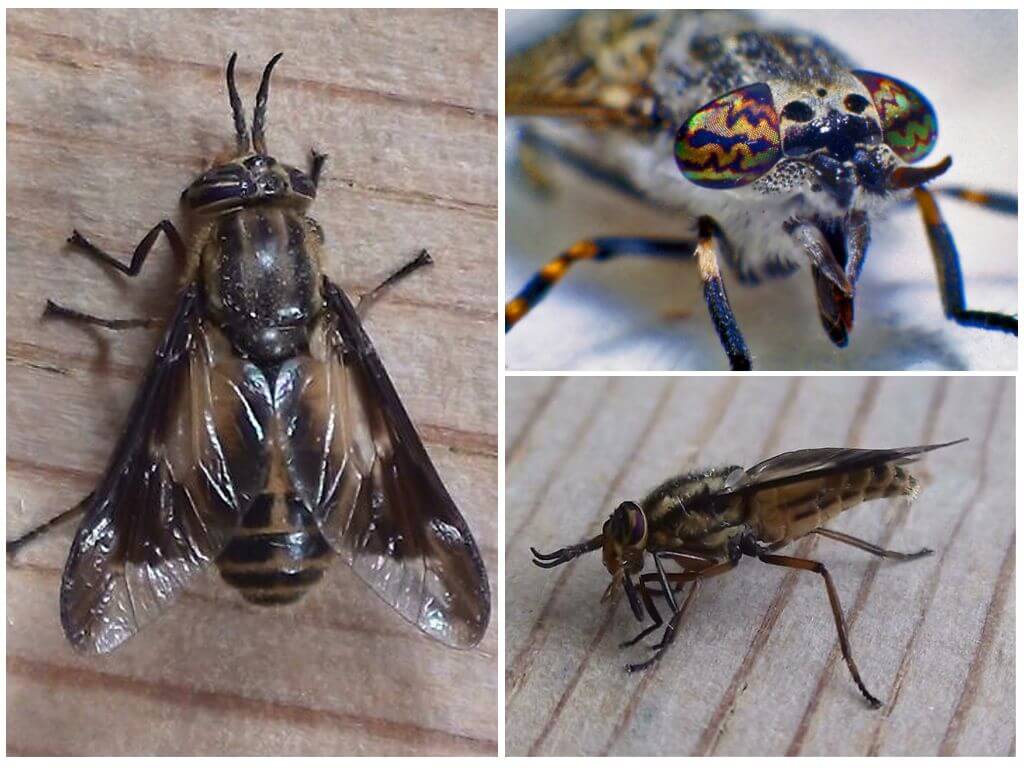
Propagation Features
Insects have 4 phases of development. For humans, only two are important: the larva and the adult - the imago. Eggs and pupae cannot harm anyone. Larvae are dangerous only to other inhabitants of the reservoir. The greatest threat to mammals is adult females.
In horseflies, there is a separation by type of food:
- males only drink flower nectar;
- the unfertilized female also eats nectar;
- after fertilization, for the successful maturation of eggs, adults requires the blood of mammals.
At one time, a female large horsefly is able to drink up to 0.2 ml of blood: the norm for 70 mosquitoes. To get blood, she attacks any living creature, including lizards. Do not disdain and fresh corpses.
On a note!
Gadfly is not called that because it has poor eyesight, but because of behavior during blood sucking. It seems to go blind at this moment, and it is easy to catch.
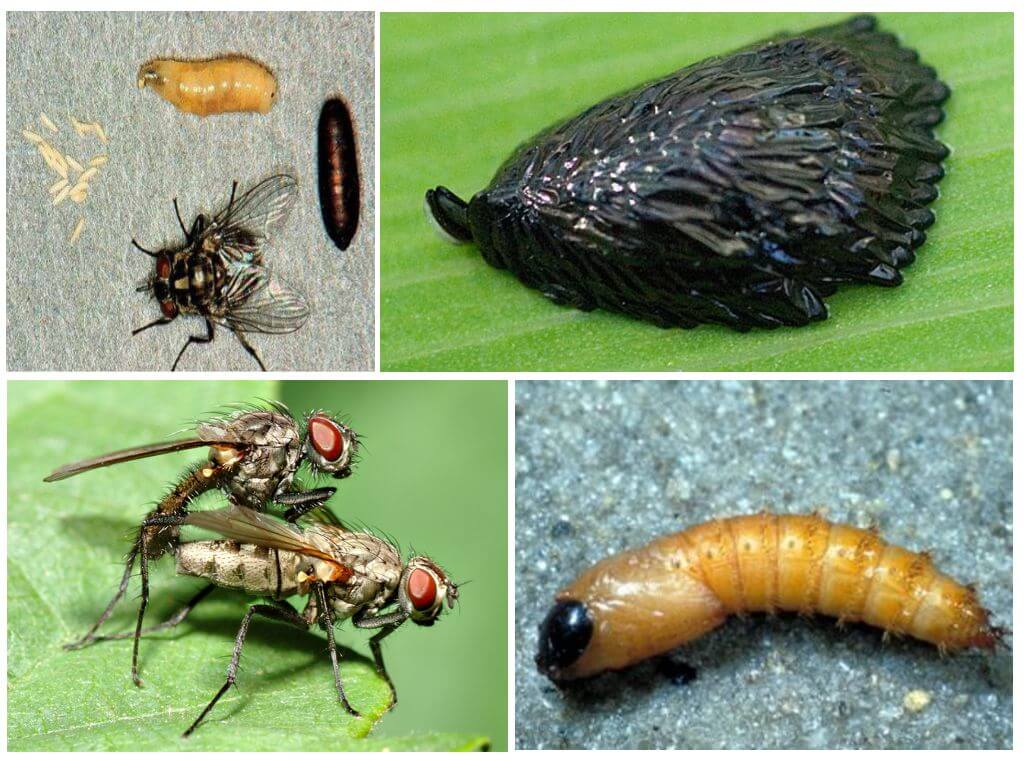
3-4 days after the meal, the female lays from 500 to 1000 eggs at a time. During the summer, one individual can make up to 6 cycles of "fertilization - nutrition - laying eggs."
The term how much horsefly lives in adulthood is limited to the summer months (May - August). The previous three stages take 2-4 years.
Than dangerous
Bite paininflicted by feeding females will seem nonsense compared to the possible consequences. The oral apparatus of adults of the piercing-cutting type. To calmly get drunk on blood, when bitten, horsefly injects an anticoagulant into the blood. If a person is allergic to insect saliva, it can go to anaphylactic shock.
If you recall what horseflies eat, then you won’t be surprised that they are carriers of diseases extremely dangerous for humans: tularemia, anthrax, trypanosomiasis, filariasis.
How Paut differs from horsefly
Whether pouts and horseflies are different species or are these two names for the same insect, depends on the region of residence. In the European part of Russia, in areas located from the Volga to the Urals, Paut - gadfly. In Siberia and the Far East, webs are called any diptera blood-sucking insect parasitizing on livestock. There, in bundles, they are called both horseflies and gadflies. Sometimes called a moose fly by a pout.
Varieties
According to the method of feeding adult adults, horseflies do not differ from each other. The difference lies in the size, color, habitat and environment in which the larvae develop. But horseflies have common signs, so in the most general terms, you can describe how horseflies look:
- the head is large;
- large facet eyes + 2-3 simple eyes on the crown;
- mustache short three-membered;
- the oral apparatus can be piercing and cutting;
- number of wings: two;
- the abdomen is massive, flattened from above, the color of the abdomen depends on the type of insect;
- horsefly size 9-30 mm.
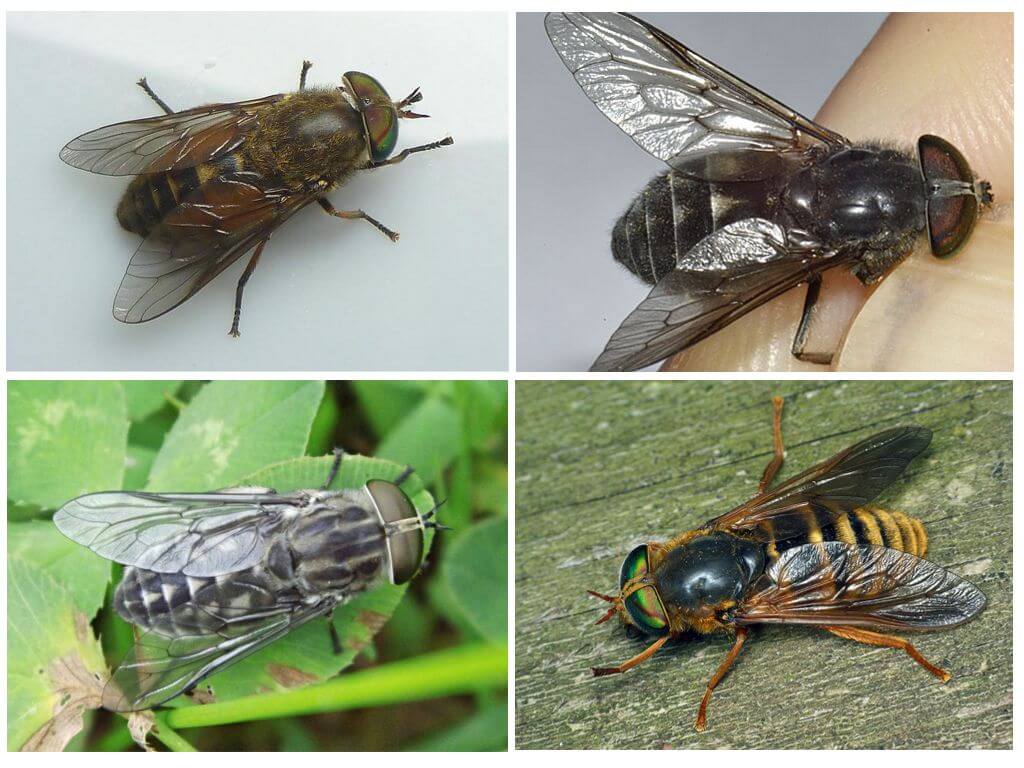
The most common are bull flies, lacewings and raincoats. These groups include several species varying in size depending on the habitat.
Bull horsefly
Body length 10-24 mm. The color of the back is brown. On the chest are yellow bristles. In the middle of the abdomen there are bright triangular spots. Wings with a brown tint. Distributed throughout Russia.
Gray big horsefly
Length is 16-23 mm. The color is dark gray. There are bright triangles on the abdomen. Relatively thermophilic. Latitude habitats not higher than Western Siberia.
Midday horsefly
Medium in size. Body length 13-16.5 mm. Females have several color options. Most common: dark gray with distinct white triangles along the dorsal midline (bisignata form). The second option: on the abdominal cavity there are lateral reddish spots that reach the third segment (collini form). Third option: lateral reddish spots on the abdominal cavity end in the second segment (bimaculata form). There are many transitional forms between these options.
Key features:
- orange coloring of the upper parts of the paws;
- unusually long villi on the front and back surfaces of the middle segments of the paws.
It lives throughout Eurasia in a wooded area. He especially loves forest swamps.
Deer horsefly
Body length 17-21 mm. Coloring is dark brown with lighter stripes on the upper side of the abdomen. It lives in taiga regions, terrorizing herds of reindeer. Flies in a swarm. In the tundra and the city does not fly. Along with the bull is the second name is "huge."
Common motley
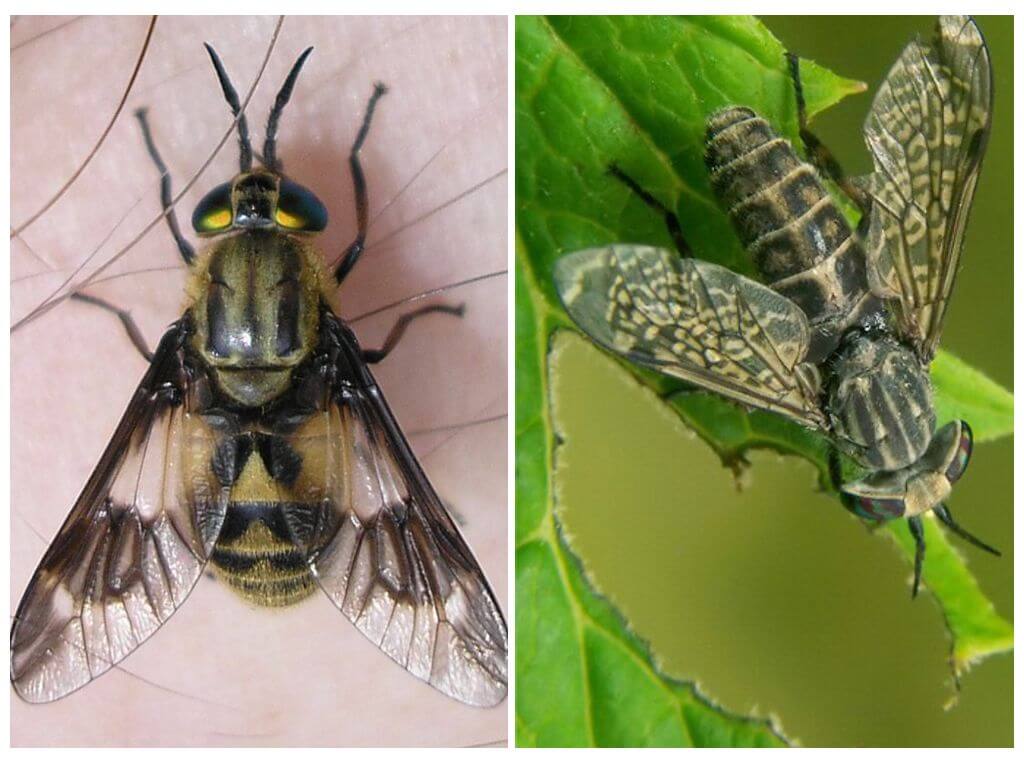
The brightest colored member of the family. And the most common in Central Russia. Motley bite is very painful. Length 9-15 mm. The eyes are green, faceted. Chest and back are black with light brown villi. On the bottom of the abdomen there are bright spots. Wings of black-brown mosaic coloring. The peculiarity of the motley is that it is difficult to drive it away if it has started feeding. Below is the insect horsefly in the photo.
Ordinary rain
Medium size, length 8-12 mm. The color of the body and wings is brown-gray or olive-gray. On the wings a characteristic pattern. The greatest activity before the rain or in cloudy weather. The development of larvae occurs in moist soil. Prefers deciduous and coniferous-deciduous forests. Distributed almost throughout Eurasia south of the taiga belt.
On a note!
Giant horsefly as a species does not exist. Depending on the terrain, this is called bull or deer horsefly.
Methods of struggle
Since horseflies breed in bodies of water with a weak current, houses located near the lake suffer from their invasion.Farms are also usually located near ponds, and livestock are severely affected by bloodsuckers. Therefore, in different ways from them trying to get rid.
On a note!
Insects do not fly further than 1.5 km, and this fact is taken into account by veterinary services under quarantine in the village.
If there are no water bodies within a radius of one and a half kilometers, the number of bloodsuckers will be significantly lower than near the lake.
Like all flies, horseflies prefer to sit on dark surfaces. Their second habit is to fly vertically upwards. Knowing these habits, you can make homemade on the site blind catcher and significantly reduce the stock of this species of hen within its territory.
In places where horseflies live, it is necessary to use insect repellents or thick cloth. With the observance of simple safety measures, horseflies do not cause people big problems. Cattle during the summer of insects need to be grazed early in the morning and in the evening, when the activity of these large flies is reduced.
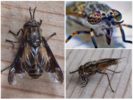
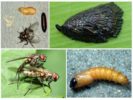
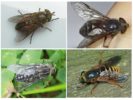
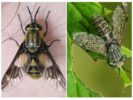




I'm afraid of horseflies. I'm allergic to insects. If they bite me, I will end up in the hospital, and repellents have a bad effect on them.
I believe that this abomination should generally be poisoned from airplanes.
Yeah, now! You are an abomination, and we have an excellent food for baby birds. You just need to be able to catch horseflies. We can.
Daily horseback riding through the forest and swimming with horses in the lake in practice have proved that horsefly is not as terrible as it is painted on our internet. They mostly sit on a wet body. They bite painfully, but the wasp and the bee are more painful. And after 5 minutes you forget about horsefly, and the bite of a wasp or a bee itches for another week.
I was bitten by a horsefly on my back in the country. She slept on her stomach for two days.